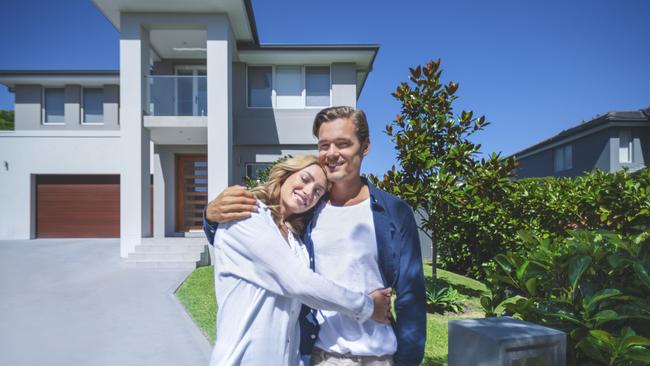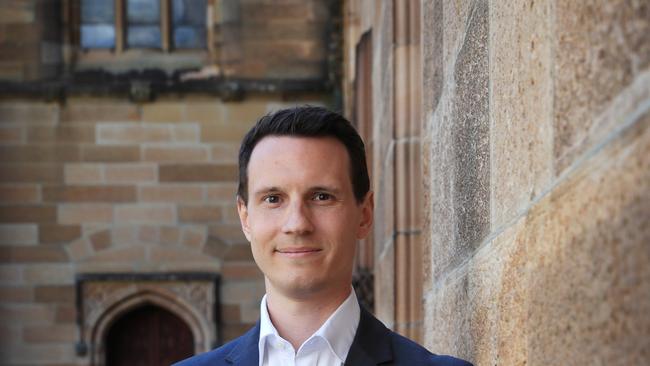NSW real estate: Rental price growth by federal electorate
Sydney rents have spiked by up to $9000 a year in some federal electorates in the past three years – more than 10x the inflation rate. See how you’re affected.

Property
Don't miss out on the headlines from Property. Followed categories will be added to My News.
Tenants’ rental bills have spiked by up to $9000 a year in some Sydney federal electorates since the last election.
And both the city and state lack enough rental accommodation to meet record tenant demand, new analysis has revealed.
The Realestate.com.au review of rent increases since the last election showed tenant demand surged in most NSW electorates and more rises were expected to come as migration intake increased.
The electorates with the biggest rent rises were mostly in northern Sydney and included the Liberal-held seats Mackellar and Bradfield, along with independently-held Warringah.
The rent increases ranged from an average of $150-180 per week, or $7800-$9360 per year. This was roughly a third more than they renters were paying before the last election.

Rental hikes of more than $5000 a year were also recorded in parts of regional NSW, including the ALP-held Richmond electorate in the state’s north and Eden-Monaro in the state’s far south.
It comes as realestate.com.au also confirmed rental demand in Sydney recently hit a record high.
It also had the largest annual increase in rental demand on record this year, with 52.2 per cent more prospective tenants viewing listings than in 2021.
Angus Moore, economist at PropTrack, Realestate.com.au’s research wing, said it was a tough environment for tenants.
Part of the reason was that the supply of available housing, while initially higher during the early stages of the Covid pandemic, has been rapidly diminishing over the past year.
“There are not enough options for low-income renters and purchasing a home is not a viable solution for all renters,” Mr Moore said.
My Housing Market economist Andrew Wilson said the current shortage of rental housing was “severe”.
It was also an issue that was going under the radar in policy discussions compared to many other cost of living pressures, Mr Wilson said.
Much of the housing affordability policy debate centred around getting more first homebuyers into the market, while there has been pressure on banks to restrict lending to investors.
Mr Wilson said this had “unintended consequences” for tenants as it meant fewer new landlords replenishing the supply of rentals.
Home seekers said they were struggling to get into properties and facing long queues to simply inspect them.

Chelsea Jablonskis, 24, said she has been looking for a rental for six months but has yet to secure one and continues to live with her parents.
She said renting in cheaper outer areas was not an option for her as she needed to be a close commute to her work in Lidcombe.
“It’s been really difficult,” she said. “I don’t have any prior renting history … it’s a laborious task.”
Hayden Farrell, 27, and Solene Fortin, 26, said their search for a rental in Cronulla was challenging because homes were getting snapped up as soon as they were available.
Many were substandard properties. “The bathrooms of the (units) we looked at were all disgusting.” Ms Fortin said. “It makes no sense to me how they were all constructed.”
She added that their apartment was expensive. “Our apartment is really small … I miss having a balcony. Doing some research, I discovered that if you want a balcony it costs an extra $50-$100 a week.”
Real Estate Institute of NSW chief executive Tim McKibbin said a problem for tenants was that the areas with the greatest supply of available homes were not always their top choice of location.
Much of what was available was in high-rise apartment blocks in further-flung areas or was pricey inner city accommodation that lower- and middle-income earners couldn’t afford.
“We need to be building more quality high density housing,” Mr McKibbin said. “That’s no easy task and it is going to take many years.”
Originally published as NSW real estate: Rental price growth by federal electorate




